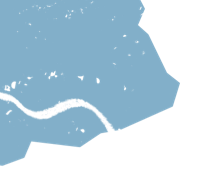Eastern Africa is facing its most severe food crisis in a generation, having experienced its worst drought since 1981. Across large parts of the Horn of Africa, including Ethiopia, Kenya and Uganda, 13 million people are experiencing severe hunger every day. In South Sudan, 7.2 million people are without enough food, and millions are experiencing food insecurity in the Democratic Republic of Congo. And now, rising food prices caused by the conflict in Ukraine could make the situation deteriorate further.
Climate change has altered weather patterns in the region, resulting in droughts of increasing frequency and intensity. Three consecutive rainy seasons have failed in the Horn of Africa, and below-average rainfall is forecast for a fourth. At the other end of the scale, heavy rains and flooding in Rwanda and South Sudan have undermined food production.
As well as crops being ruined, water shortages have caused a catastrophic loss of livestock. More than 1.5 million animals have died, taking away a vital source of food and income.
Rising prices and failed harvests
The situation was already precarious following the destruction caused by the locust swarms of 2019–2021. It has been further complicated by local conflicts and the Covid-19 pandemic. Violence in the Tigray region of Ethiopia has forced millions of people from their homes, cutting them off from regular food supplies.
The invasion of Ukraine has sent food prices skyrocketing. Ukraine produces around 10 per cent of the world’s wheat exports, 17 per cent of its maize, and is the world’s largest producer of sunflower oil. A significant proportion of these exports go to south-west Asia and to Africa. With local harvests failing, there is a greater need for people in these regions to be able to buy imported food – but rising prices will make this increasingly difficult.











